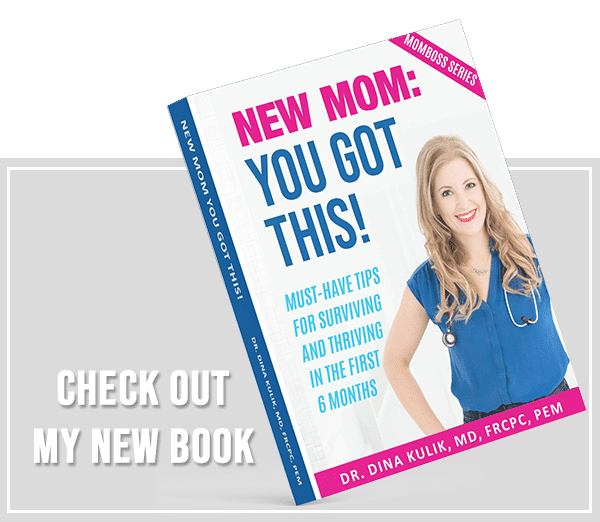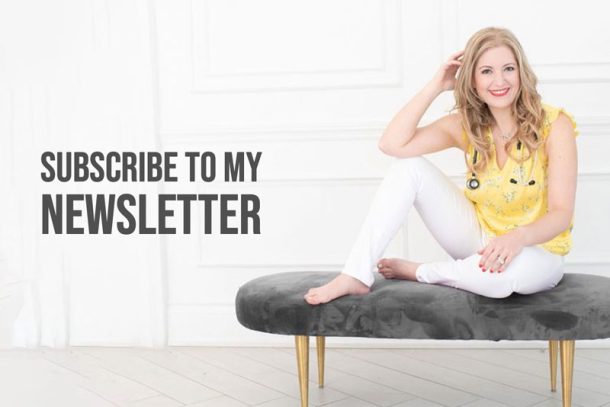Sound Sleep Tips for Babies
The last part of pregnancy can be an exciting time. Finally, you’re over the morning sickness, counting down the weeks or days, and working on a beautiful nursery for your little one.
Of course, it’s essential to pick out functional and safe items, including the crib.
When it’s time to sleep, you will want to make sure everything is comfortable and safe for your little one to have a good night’s sleep.
This includes :
- the crib or bassinet,
- the mattress,
- room temperature,
- sleeping position,
- sleeping location
- and good sleep hygiene to help the baby fall asleep faster
Should a Baby Sleep with Bedding?
How can an infant sleep safer? Studies have found that putting a baby to bed with blankets and sheets increases their risk, as they cannot maintain proper temperature regulation. Plus blankets pose a risk to suffocation.
Instead, put your baby down in one light layer or wrapped tightly in swaddling clothes. Baby will stay warm while still allowing breathability, so they remain comfortable and not too warm. Overheating is a risk factor for SIDS.
What Causes SIDS?
SIDS doesn’t have a known cause, even after investigations and autopsies. The best thing any parent can do is make sure they know what’s safe for their baby at sleep time and what might increase SIDS risk.
In 1992, the American Academy of Pediatrics (AAP) recommended that babies sleep on their backs, which is still the official guideline. Since then, the incidence of SIDS has dropped, but still remains present. There is also a risk from suffocation from bedding and blankets.
It doesn’t help that cribs in baby magazines are full of blankets and plush toys. Babies don’t need these things; they need a safe and uncluttered place sleep environment.
Many new parents have questions about putting their baby to sleep and what to include in the crib or bassinet. It can be a confusing time for new parents.
As a doctor as well as a mom, I’d like to share some recommendations with you:
Where Should a Baby Sleep?
Both the AAP and the Canadian Pediatric Society recommend infants sleep in a crib or a bassinet. The baby should sleep in the parents’ room for six months at least. The baby must be placed on their back always.
Sleeping in your room means a lower risk of SIDS as well as simpler feeding at night. You are probably already getting less sleep with a new baby, so every chance to catch up is helpful!
Babies Should Never Sleep Face Down When They Fall Asleep
I know I’ve already said this, but it’s critically essential your baby sleeps on their back. Don’t put sleep positioners or any blanket on top of or around a baby. These are genuine suffocation risks and an increased risk of SIDS.
A tight-fitted sheet over the mattress is fine. However, dress babies in suitable infant sleeping clothing, and they will stay warm without a blanket and get a restful sleep.
What Type of Bed Surface is Best
Forget couches, air mattresses, waterbeds, or pillows. Those aren’t safe for a tiny baby. In addition, a baby can roll around on a very soft surface, leading to them being unable to breathe.
Don’t put anything in the crib, including blankets, bumpers, pillows, and soft toys. Not only does a baby not need those things, but they can increase the risk of SIDS.
The Safest Room Temperature for Baby
The room shouldn’t be too warm, and your child shouldn’t wear many layers to avoid overheating. Typically babies should wear one more layer than you would wear in the same environment to be comfortable. This will ensure a good night’s sleep and avoid them being too hot leading to trouble sleeping. A Sleep Sac and long-sleeved onesie are ideal for your little one to wear when they fall asleep. Cooler temperature lead to better sleep.
Make Sure the Crib is Safe
The crib is the essential baby item because it’s where your infant sleeps. Ensure you find a safe one to protect them. The side rails should not drop down. Ensure used models are up-to-date with safety standards before using.
No Smoking
SIDS rates are higher when babies and children are exposed to cigarette smoke. The risks of smoking while pregnant or around your child could be devastating, so please seek help from your healthcare provider if you smoke and wish to stop.
Is Bed-Sharing (Co-Sleeping) Safe?
When it’s time to sleep, you might want to bed-share with your baby to make nightly feeds easier. The problem is that beds aren’t constructed with babies in mind, and co-sleeping can increase the SIDS risk.
The baby can be at risk if an adult rolls on top of them, is trapped between the wall and mattress, or fall out of the bed.
Going to sleep with the baby in a chair or on the couch has similar risks, in that the infant can fall or become lodged in the cushions. The risk is worse if the parent or caregiver has used alcohol or drugs (including some common medications).
Although sleeping with your baby in a chair, on the couch, or in your bed might sound good to an overtired parent or caregiver, it simply isn’t worth the risk.
It isn’t easy to bring up a baby, and the first few months offer their own set of challenges. However, using the above tips can help ensure your baby is safe, happy, and comfortable when it’s time to sleep.
Please keep your little one on their back in an empty crib or bassinet, and in your bedroom without for at least their first six months.
What to do if Your Baby Has Trouble Falling Asleep?
To make it through the night without your baby waking up, you should stick with or start a bedtime routine. This could involve a warm bath before putting them into their PJs and reading books or singing songs before they fall asleep. You can try baby massage, as this relaxes many babies. You also need to be sure that they are getting enough sleep during the day to not over-tire themselves at naptime and nighttime, which is even harder for overtired babies! Sleep hygiene is key and leads to better sleep.
This will improve the baby’s sleep quality as well as the parents’.
Healthy Sleep
For many, it is hard to get a good night’s sleep. However, there are tons of ways for adults and children alike to get a better night’s sleep and experience the benefits of rest.
For instance, if you’re having trouble getting your baby or toddler into bed at night without them constantly fighting back, do not give in by giving them sleep medicine that promises an easy way out! Sleep medicines may impair sleep quality and wont fix the problem. Avoid bright light in baby’s room, and stick to a regular sleep schedule. This will ensure a good night’s rest for all.
Instead, work on making healthy habits like establishing a proper sleep schedule with regular naps throughout the day, which will help everyone have better sleep and start feeling well-rested again sooner than later.
Please discuss any sleep problems with your doctor. You can review sleep hygiene tips too so you can all sleep better at night.
FAQs – Frequently Asked Questions
What Causes SIDS?
SIDS does not have a known cause. It’s best to know the safest way for a baby to sleep to decrease the risk of SIDS.
Where Should a Baby Sleep?
Your baby should sleep in a crib or a bassinet, ideally in the parents’ room, for six months or longer. A baby should always be placed on their back to sleep.
What Type of Bed Surface is Best
Babies should be in a crib or bassinet, with no sleep positioners, blankets, or pillows around the baby. A tight-fitted sheet over the mattress is fine.
Is Bed-Sharing (Co-Sleeping) Safe?
Co-sleeping is not safe or recommended. The baby can become suffocated by a parent rolling over or can fall from the bed. In addition, pillows and blankets can pose a suffocation risk. It is not recommended to sleep with your baby in a bed, on a couch, or in a chair due to the risk of suffocation and falls.
#YouGotThis















